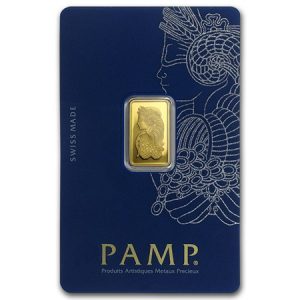A Quick Flashback:
Although coins have been produced for more than 2,600 years, coin collecting as we know it today only began in the 1300s. The project came to be known as “the hobby of kings” and was compared to collecting works of art. Around 1817, the U.S. Mint began issuing proofs in this manner. The mint made the decision to make these coins readily distinguishable from regular-issue coinage to satisfy collector demand. Check out Guide to Proof Coins for investment.
Production of Modern Proof Coins:
The United States Mint primarily creates four different types of coins: bullion, circulated, uncirculated, and proof.
- For collectors, precious metals are used to produce bullion coins. Their worth is correlated with the metal’s.
- Hand-loaded into the press and struck on burnished blanks, uncirculated or burnished coins have a soft, matte-like finish. Authenticity certificates are typically included.
- For use in daily commerce, circulating coins are produced. Coins like pennies and quarters are included here.
The U.S. Mint produces coins in various grades, but proof coins are regarded as the highest quality. Specially treated, hand-polished, and clean dies are struck at least twice with heavily polished dies to produce this finish. Additionally, these coins typically come packaged in protective capsules and accompanied by certificates of authenticity.
What Makes Proof Coins Unique?
- They Come in a Variety of Designs and Varieties – One of the biggest benefits of proof coins is that they come in a variety of designs and varieties. You can choose to purchase proof coins that celebrate a certain event or commemorate a special person. You can also choose from a variety of different finishes and designs.
- They’re High-End Investments – Because proof coins are high-end investments, they’re often produced in very limited quantities. This makes them more difficult to obtain than standard circulating coins, which are produced in large quantities.
- They’re Scarce – Since proof coins are produced in very limited quantities, they’re naturally scarce. This makes proof coins a good investment, as there will always be a demand for them.
- They’re Rarely Used in Everyday Transactions – Unlike regular circulating coins, proof coins aren’t usually used in everyday transactions. This makes them more difficult to obtain and negates the need to ever spend them.
How to Spot a Fake Proof Coin
Since proof coins are high-end investments, it’s not uncommon for people to try to produce counterfeit versions. This can be especially problematic during times of high demand, such as during coin collecting expos or conventions. Fortunately, there are ways to spot a counterfeit proof coin. This can help you avoid being scammed out of a significant amount of money.
- Check the Weight – The weight of a proof coin should match the stated weight. If it doesn’t, this could indicate that it’s a counterfeit proof coin.
- Check the Appearance – The appearance of a proof coin is unique and difficult to reproduce. If the coin has an unusual appearance, it’s possible that it’s a counterfeit.
Bottom line
The proof coin is an investment that is meant to be collected and kept as a souvenir of a special event. These coins are made in limited quantities and are often specially designed. Proof coins are a great investment for people who like coins, commemorative items, or unique souvenirs.
That said, proof coins are high-end investments that are meant to appreciate over time. They’re also special pieces of art that are visually appealing. If you’re interested in investing in proof coins, it’s important to do your research and choose the right type of coin.
Tags: Guide to Proof Coins
 Hi,
Hi,











